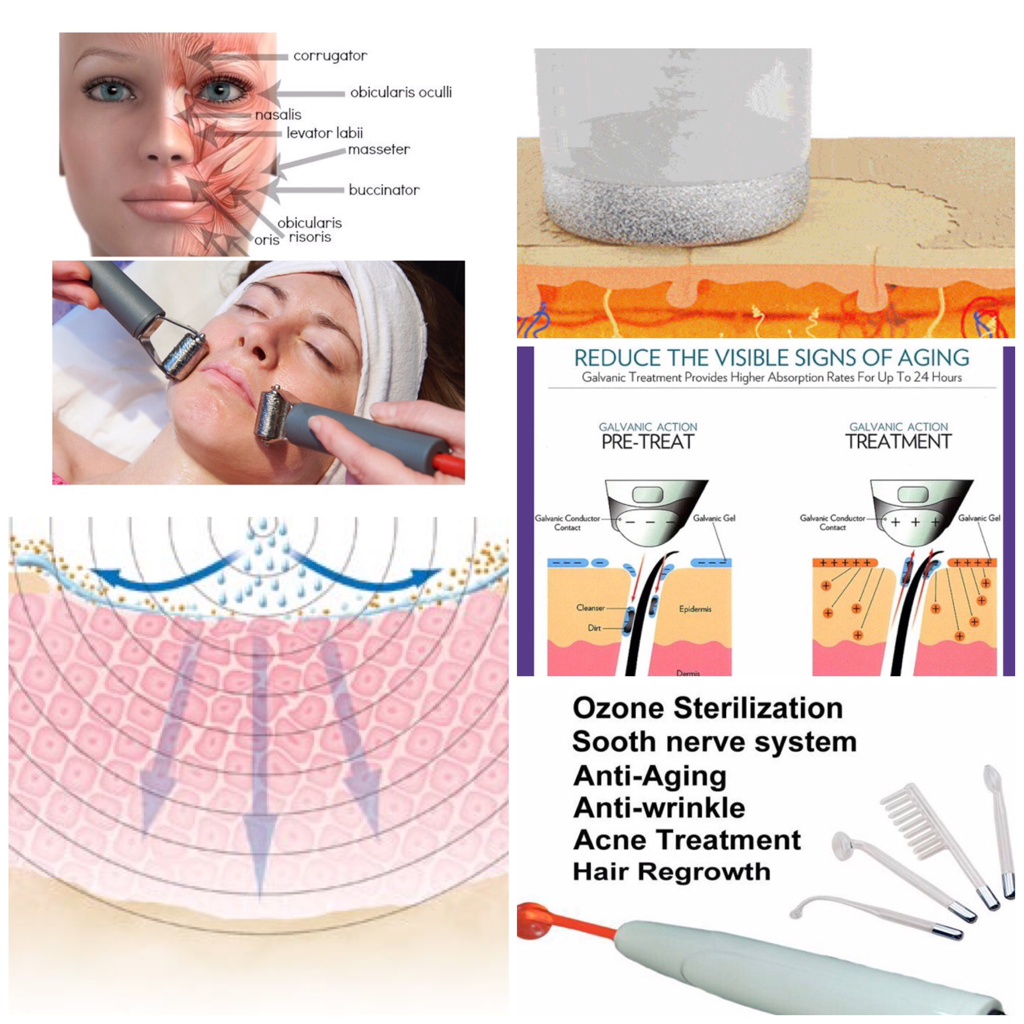Paramedical Esthetics
What’s a Paramedical Esthetician? It’s more than wearing a lab coat!
It’s a qualification given to me years ago when I worked for a Dermalogical MOHS Surgeon that specialized in skin cancer and was also a Plastic Surgeon. Before I became an Esthetician, I assisted in surgery, worked as a medical assistant and prepared the sterilized surgical room. I also set the offices standards for OSHA requirements.
These days it’s a school curriculum that you can get certification for.
I became an Esthetician to promote health and wellness in the skin care industry. In order to avoid the more traumatizing medical treatments if possible.
I love what I do, which is why I’ve devoted most of my life doing it. Skin health is my passion.
Paramedical Estheticians help patients with skin conditions, acne, skin traumas and aging skin to heal and rejuvenate the appearance of the skin. They can administer chemical peels, microdermabrasion, state of the art esthetic services and potent acids, incorporating the newest ideas and the most up-to-date treatments.
Paramedical Estheticians support patients having operations and medical treatments that involve the skin. They instruct injured patients on how to reduce the appearance of facial swelling, skin discoloration, fine lines, wrinkles, acne, acne scarring, and much more.
They show trauma patients how to clean and care for sensitive healing skin. Paramedical Estheticians also provide emotional relief to their patients and boost the confidence of patients who are undergoing long-term treatment care.
A Paramedical Esthetician is experienced with working in conjunction with a physician as a liaison to provide ultimate skin transformation.
What’s a Paramedical Esthetician? It’s more than wearing a lab coat!
It’s a qualification given to me years ago when I worked for a Dermalogical MOHS Surgeon that specialized in skin cancer and was also a Plastic Surgeon. Before I became an Esthetician, I assisted in surgery, worked as a medical assistant and prepared the sterilized surgical room. I also set the offices standards for OSHA requirements.
These days it’s a school curriculum that you can get certification for.
I became an Esthetician to promote health and wellness in the skin care industry. In order to avoid the more traumatizing medical treatments if possible.
I love what I do, which is why I’ve devoted most of my life doing it. Skin health is my passion.
Paramedical Estheticians help patients with skin conditions, acne, skin traumas and aging skin to heal and rejuvenate the appearance of the skin. They can administer chemical peels, microdermabrasion, state of the art esthetic services and potent acids, incorporating the newest ideas and the most up-to-date treatments.
Paramedical Estheticians support patients having operations and medical treatments that involve the skin. They instruct injured patients on how to reduce the appearance of facial swelling, skin discoloration, fine lines, wrinkles, acne, acne scarring, and much more.
They show trauma patients how to clean and care for sensitive healing skin. Paramedical Estheticians also provide emotional relief to their patients and boost the confidence of patients who are undergoing long-term treatment care.
A Paramedical Esthetician is experienced with working in conjunction with a physician as a liaison to provide ultimate skin transformation.
